Summary | Excerpt | Reading Guide | Reviews | Beyond the Book | Read-Alikes | Genres & Themes | Author Bio

Critics' Opinion:
Readers' Opinion:
First Published:
Sep 2020, 400 pages
Paperback:
Jul 2021, 416 pages
 Book Reviewed by:
Book Reviewed by:
Kim Kovacs
Buy This Book
This article relates to Agent Sonya
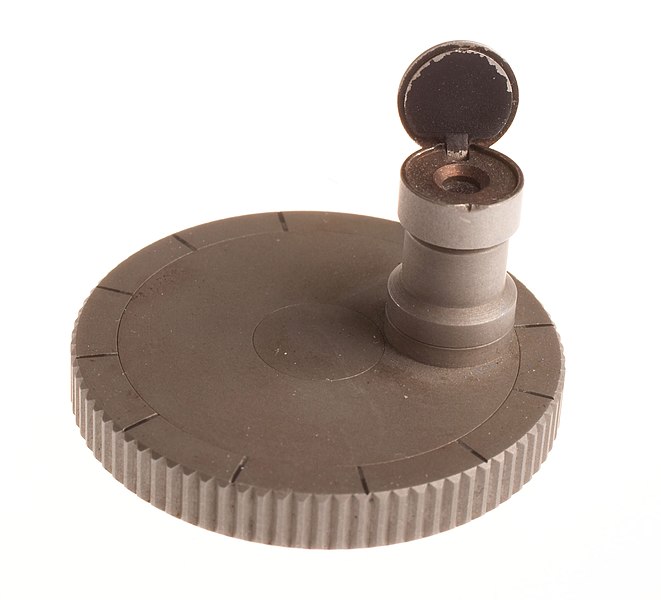 In Agent Sonya, Ben Macintyre's account of real-life spy Ursula Kuczynski, several operatives are said to have used microdots, or tiny pieces of film on which miniaturized text is recorded, to smuggle information to the Soviet Union. Still in use today, these diminutive data caches are produced through a specialized photography process and are so small — about the size of a period or a pinhead — they can be concealed just about anywhere.
In Agent Sonya, Ben Macintyre's account of real-life spy Ursula Kuczynski, several operatives are said to have used microdots, or tiny pieces of film on which miniaturized text is recorded, to smuggle information to the Soviet Union. Still in use today, these diminutive data caches are produced through a specialized photography process and are so small — about the size of a period or a pinhead — they can be concealed just about anywhere.
The process of shrinking photographs to the point where they can only be viewed via magnification is referred to as microphotography (not to be confused with photomicrography, a technique in which pictures are taken using a microscope). British scientific instrument manufacturer John Benjamin Dancer (1812-1887) is credited with being the first to develop a process by which this could be accomplished. He produced his first miniature photographs, viewable through a microscope, in 1852. They became so popular that they were shown at the London Exhibition a decade later. Unfortunately, no one recognized the potential value of Dancer's invention at the time; the photos were considered merely a novelty, and exactly how he produced them was never recorded.
Parisian photographer René Dagron was the first to patent a process for creating microfilm. In 1864, he published a 36-page booklet that gave details for his process, which involved using regular-sized photographic negatives to make microfilm positives. During the Siege of Paris in the Franco-Prussian War, Dagron proposed to the French government that they use his process to create documents for internal communication that could be sent by carrier pigeon. The government took him up on his offer, paying him 15 francs per 1,000 characters photographed.
In 1925, Israeli physicist and inventor Emanuel Goldberg (1881-1970) published a microfilm production method that created text so small that 50 complete Bibles could be stored per square inch of photograph. He used a microscope to project a smaller version of an already-miniaturized negative onto a slide prepared with a collodion emulsion (a chemical mixture used to set photographs on glass).
As technology continued to evolve, it allowed for easier and more accessible methods of producing microfilm, which made microdots a practical option for transporting documents in secret operations. In one common technique known as the British Method, a photograph of a document was taken by a high-quality 35mm camera on high-contrast film. It was then processed and the resulting negative mounted over a hole cut in a piece of black cardboard, which when lit from behind created a white-on-black image of the original text. This image was then photographed from a distance, creating another image with a tiny dot of text in its center that could then be cut out and transported. During the Cold War, intelligence agencies expanded on microdot technology by developing miniaturized cameras that were easy to conceal and that created microphotographs without the need for obtaining a negative first.
Needless to say, as technology has continued to advance so has the ability to produce microdots. The process has become so simple in our digital world that one of the most common uses for microdots today is equipment identification. Some car manufacturers, for example, spray thousands of microdots all over an automobile, each of which bears the car's VIN (vehicle identification number). Because they're so tiny and there are so many of them, it becomes impossible to remove them all, and so the vehicle is always identifiable. Consumers can even buy inexpensive kits online that consist of unique microdots meant to be placed on one's possessions. If an item is stolen and subsequently retrieved, a microdot can be used to identify its rightful owner.
Microdot camera (Source: CIA)
Filed under Medicine, Science and Tech
![]() This "beyond the book article" relates to Agent Sonya. It originally ran in November 2020 and has been updated for the
July 2021 paperback edition.
Go to magazine.
This "beyond the book article" relates to Agent Sonya. It originally ran in November 2020 and has been updated for the
July 2021 paperback edition.
Go to magazine.
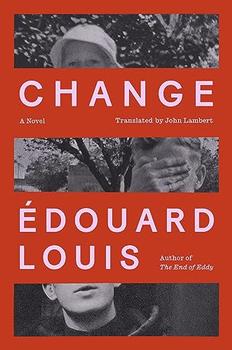
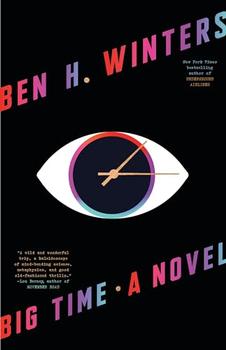
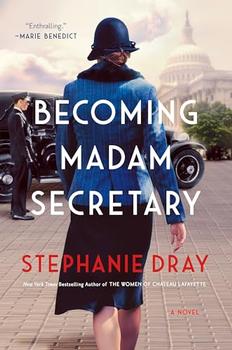
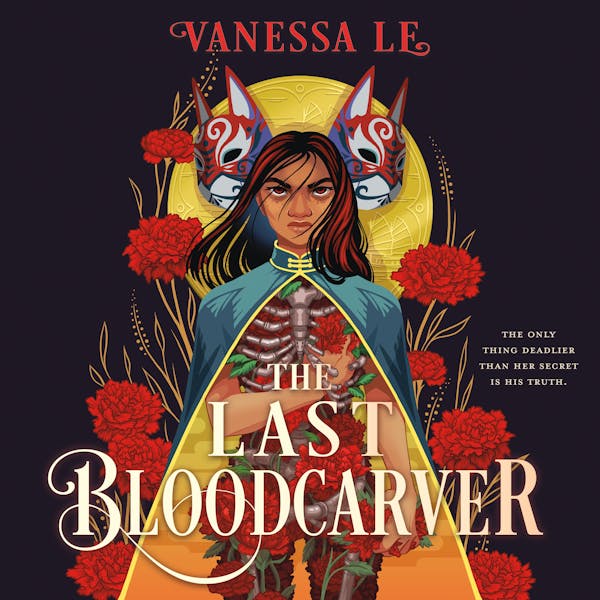

The Funeral Cryer by Wenyan Lu
Debut novelist Wenyan Lu brings us this witty yet profound story about one woman's midlife reawakening in contemporary rural China.
Your guide toexceptional books
BookBrowse seeks out and recommends the best in contemporary fiction and nonfiction—books that not only engage and entertain but also deepen our understanding of ourselves and the world around us.